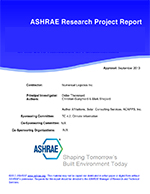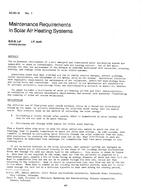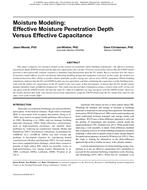Click here to purchase
For efficient operation of a data center, it is essential to install enough sensors to accurately predict spatial information such as wind speed and temperaturedistribution while keeping investment costs on such equipment at an absolute minimum. The purpose of this study is to demonstrate a solution focusing onhow to balance these conflicting demands. We first used a super-resolution convolutional neural network (SRCNN) to verify the minimum number ofsensors that could maintain the prediction accuracy of the spatial distribution in the data center during the training process. Next, we used Bayesianoptimization to determine the optimal placement of sensors. In addition, we examined the effect of the data format input to the model on the accuracy.Specifically, we examined the relationship between sensor density and accuracy when sensor data for each rack surface was treated as a single-channel imageand when sensor data for each simulation setting was treated as a four-channel image. The results showed that when sensor data is input as a four-channelimage, prediction accuracy can be maintained during the learning process if there is one sensor installed per six racks optimally placed in the aisles of thedata center. This result perfectly matches the economic motivation of data center operators and exhibits promising potential as a sophisticated practicalprocedure.
Product Details
- Published:
- 2022
- Number of Pages:
- 9
- Units of Measure:
- Dual
- File Size:
- 1 file , 4.3 MB
- Product Code(s):
- D-TO-22-C018
- Note:
- This product is unavailable in Russia, Belarus


